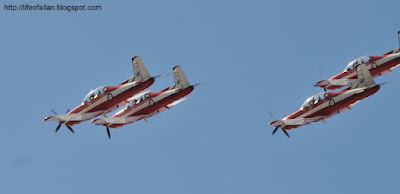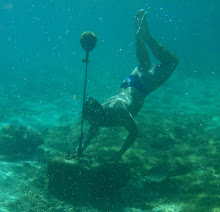
Little Salmon Bay is such a fantastic little gem hidden on the south side of Rottnest Island. The beach is tiny, which might be the reason for the relative modest number of visitors you will encounter when you go there. You are quite well protected at the beach with rock structures surrounding the sandy beach and extending out into the water creating a little lagoon. As you have probably already guessed, it is not the sand that is the reason why you go to Little Salmon Bay, but rather the water, or more specifically what is under the water!


Little Salmon Bay delivers some of the easiest and best snorkeling I have done in Australia. A shallow sandy entry into crystal clear water and you have a bathtub the size of a cricket ground full of fish, corals and rich water. As long as you stay inside the lagoon you will be well protected by the rocky structures and maximum dept is not much more than 5m, with 80% of the area at less than 3 meters.


Rottnest should geographically be too far south to support corals and many of the exotic fish we saw. However, similar to how the Gulf stream warms western Europe, the Leeuwin current brings down warm tropical water from the north keeping winter water temperatures at Rottnest significantly higher than what you can expect just 18km east at the mainland, typically 19°C versus 15°C. Along with the warm water comes a variety of tropical marine larvae of which the pink corals have established a foothold in Little Salmon Bay.


Lots of exciting fish! I think the one above is a Yellow Moon Wrasse and the little green fish below is Pretty Polly Dotalabrus aurantiacus, it was pure luck that I managed to spot it in the middle of some green algae. Afterwards it was very easy getting the photo, since the PP was so confident in its camouflage that it did not flee when I came in for a closer look. We also saw numerous Western King Wrasse - there should be a photo in the Picasa album.


Great stuff! Every time I visit Perth and Rottnest I use a bit of time standing in Sydney looking at my suitcase considering if it is really worth bringing snorkel, mask and flippers - it is quite an extra load to transport 4200km west and on your back while biking around the island, however, as soon as you get your head under the surface you know it is all worth the extra hassle! :-) Driving back towards the ferry we managed to get another quick little dip around The Basin before heading back towards Perth.












































